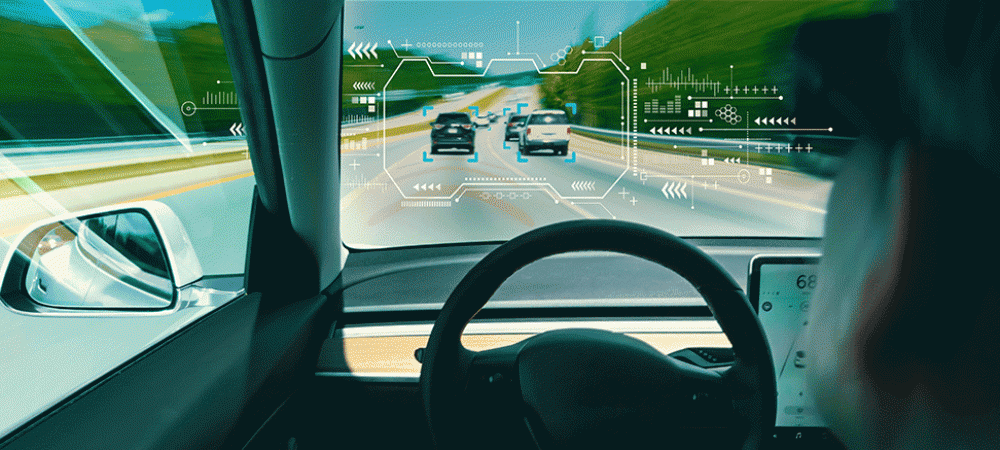Autonomous, or self-driving cars will make driving safer, smarter and more efficient. Equipped with Internet connections, often wireless local area networks, self-driving cars will be able to speak to each other and the environment around them.
One feature allows the cars to keep their distance and synchronise braking to avoid accidents. Autonomous cars will include features such as lane assist, collision avoidance and automatic calls to emergency services to create a safer driving experience. Some automotive brands are taking automation a step further, innovating to enable vehicles to communicate with nearby infrastructure and even pedestrians, adding a new dimension to how automation can benefit society.
Amazon Web Services (AWS) believes that the right technology infrastructure is critical for the production of these vehicles, which require high-performance computing capacity, seamless cybersecurity and the ability to manage vast data sets. Here are some of the key reasons why many organisations are turning to the cloud to develop and deploy autonomous cars at scale:
Training and testing
Autonomous cars strive to create vehicles that operate more safely than humans. Delivering on this ambition requires extensive modelling and testing. The ability to collect, store and manage data is critical, as are advanced Machine Learning techniques.
Toyota Research Institute (TRI) believes that accurately training autonomous cars requires trillions of miles of testing. To deliver on this, it has a fleet of test cars equipped with Light Direction and Ranging (Lidar) Sensors to record data, collecting terabytes of data every day, needing quick retrieval and analyses. TRI uses AWS to manage this data and access the processing power required to train Machine Learning models quickly. Using cloud infrastructure, it has gained the ability to spin up compute and storage resources on demand and blend these with management and orchestration services. TRI now retrains vehicle models, increases accuracy and introduces new features faster. By following similar models, more automotive businesses will accelerate the development of safer cars.
Edging forward
Enabling autonomous cars to make rapid, data-driven decisions will make our roads safer. These machines need backing by reliable infrastructure with low latency and high availability. They also need to analyse information in real time, including data on road conditions, weather and the behaviour of other vehicles. Applying AI allows the car to react swiftly and safely to road conditions.
Edge Computing allows this core in-car technology to perform its in-car data crunching. When a second of lag can make the difference between a safe or dangerous response, autonomous vehicles do not have the luxury of waiting for data processing in the cloud. Therefore, organisations need to look for cloud providers with integrated edge solutions. These allow analysis of mission-critical data at the source and reducing the cost of transmitting additional data to the cloud.
Security in the cloud
Cybersecurity is important when developing safety-focused autonomous cars. Each vehicle becomes a new endpoint which must be secured. Protection from hackers and malware must be a top priority to ensure they cannot gain access to driving controls or the data that runs through each vehicle.
Autonomous car producers are turning to the cloud in order to support and run connected cars. AWS delivers automated security services which apply Machine Learning to proactively manage tasks including security assessments, threat detection and policy management. By having security baked in, manufacturers can be confident that they have the solutions in place to detect new and emerging vulnerabilities and threats which will reduce harm to drivers and lower the risk of a breach.
Autonomous cars are our future; however to drive adoption, manufacturers must ensure they are secure and supported by robust infrastructure. With the right cloud infrastructure, organisations are able to focus their resources on building differentiated automotive experiences, rather than managing IT infrastructure.


